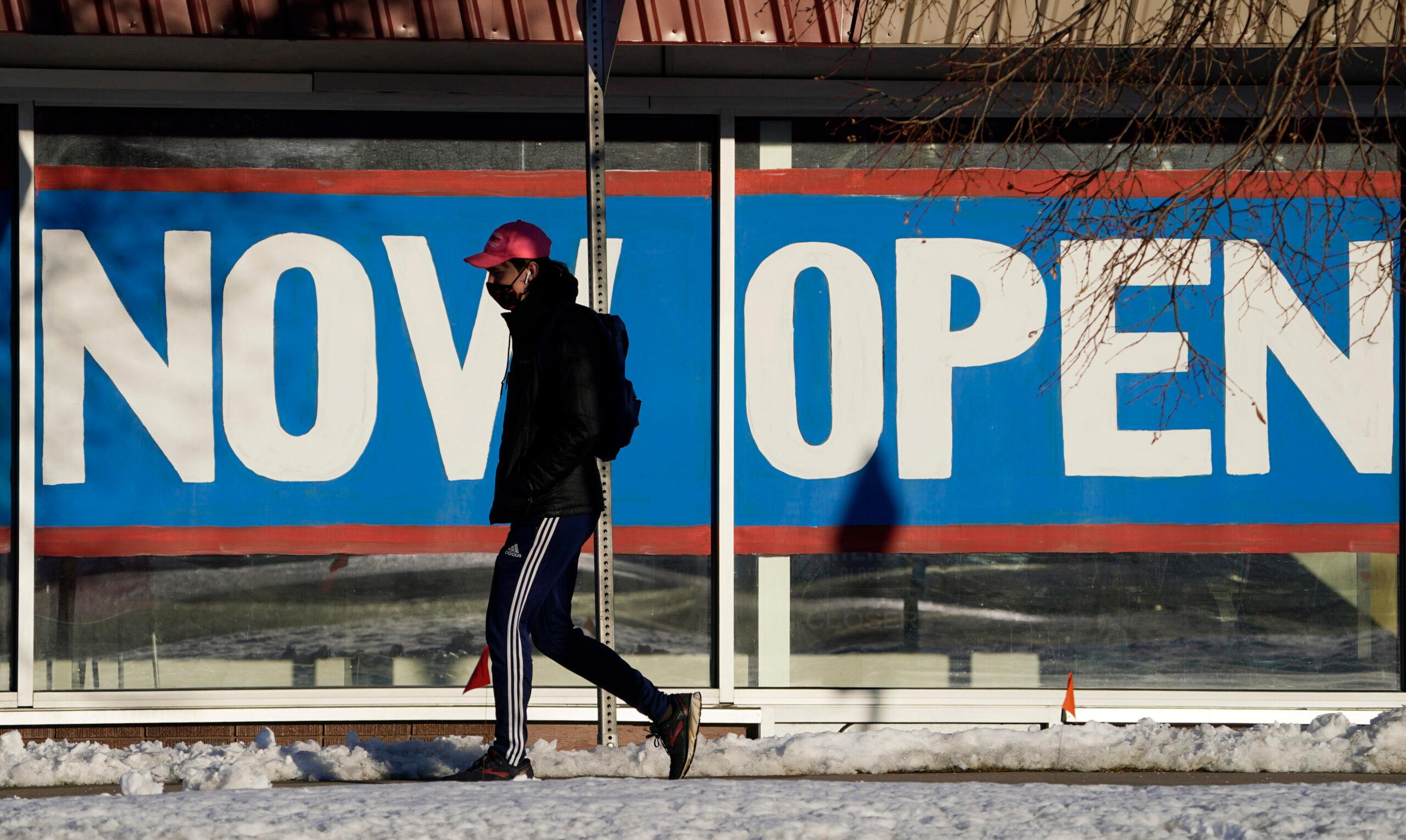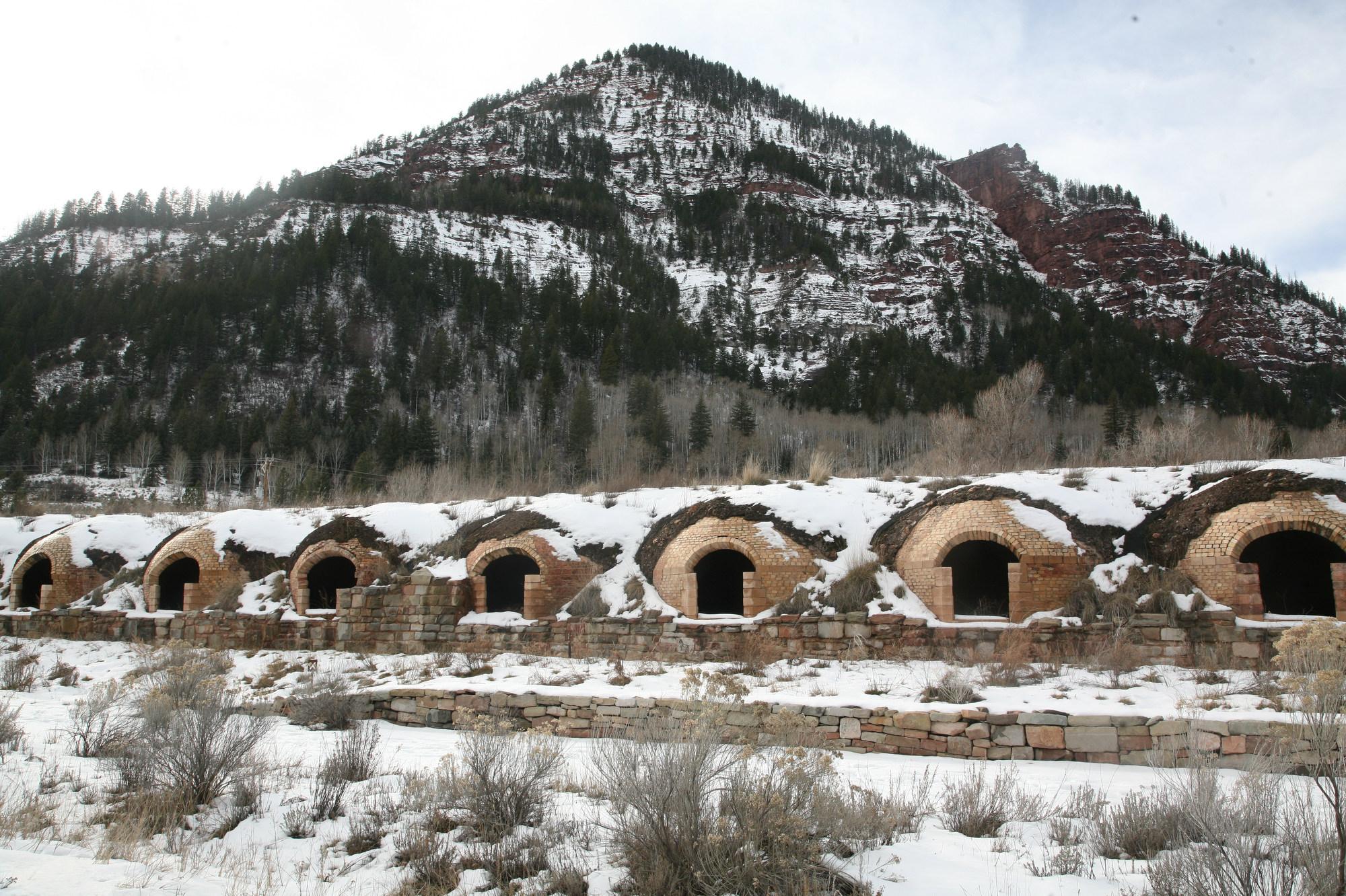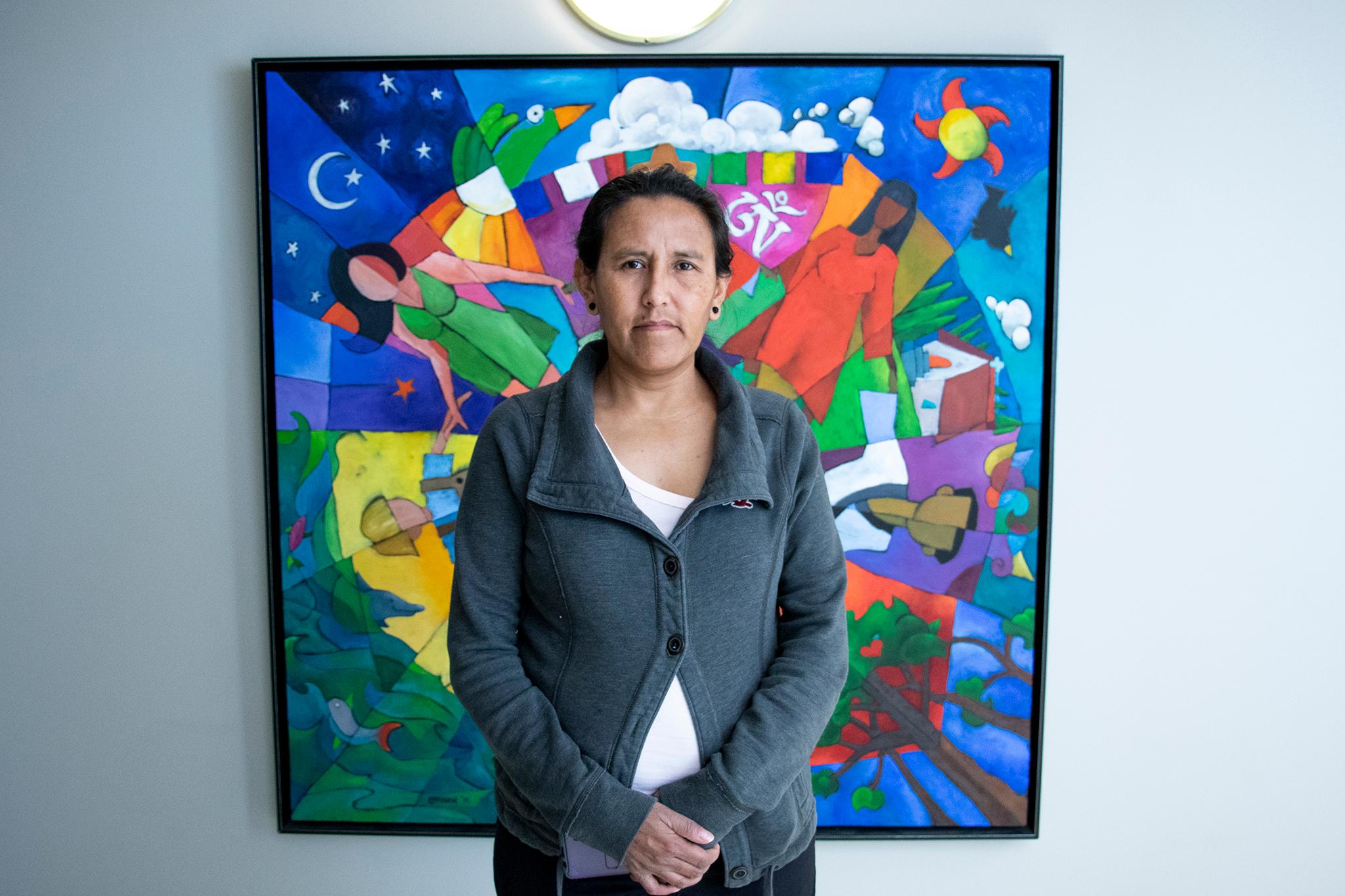
While Colorado has moved beyond the winter COVID-19 crisis, cases and positive test numbers have stubbornly resisted returning to summer levels, and now hospitalizations are showing worrying signs of rising again.
State hospitalization data released Monday showed the number of patients hospitalized with confirmed cases of COVID-19 rose by 45 between March 15, and the day before — a 16 percent jump from 283 to 328, the biggest spike since late November.
“It’s not time to party like 2019,” said Dr. Jon Samet, an epidemiologist and the dean at Colorado’s School of Public Health, who directs COVID-19 modeling for the state.
The number of people getting vaccinated continues to grow steadily, but much of the Colorado population is not yet immune and variants have arrived in growing numbers.
Colorado’s COVID-19 trends have improved markedly since December. But a sustained drop has turned into what appears to be a flattening. It is too soon to draw conclusions from the data, or know if it results from variants of the original coronavirus now circulating in the state. But the team that produces models of the virus’s future based on state data is watching closely.
The state of the virus in Colorado has hit “this plateau where we've been bouncing around now for a couple of weeks,” Samet said. Right now the data are a bit murky — there are “essentially competing factors in play.”
Keeping the hospital system from being overrun has been the “North Star” for Gov. Jared Polis and his team. So the sharp rise in hospitalizations recorded Monday will likely prompt some concern.
At the start of December, about 2,000 people were hospitalized in Colorado, with confirmed or suspected cases of the virus. Like the positivity rate, that figure declined steadily for weeks and dipped below 300, to 288, on March 6. Since then, the figure continued to hover around 300, before the rise up to 328 Monday. The last time Colorado saw a jump that big was at the end of November, in the midst of the state’s biggest and deadliest surge of the pandemic.
What benchmarks should you pay attention to? Positivity rate, 'R value' and variants
On March 13, the seven-day positivity rate, the percentage of positive tests among those taken and averaged over a week, was 3.46 percent, according to the state’s COVID-19 data website.
That’s far below the most recent peak of nearly 13 percent in the last two months of 2020, and below the five percent threshold experts use as a benchmark. But it’s also nearly a full point above the 2.55 percent where the state bottomed out in September.
The state’s “R value,” which measures how contagious infections replicate, has stayed below the key threshold of one, although at times it’s been quite close to that number, Samet said. If the number is below one, each infection will cause less than one infection and the virus will decline. More than one, and it will cause more than one infection, potentially leading to an outbreak or epidemic. And if it equals one, the disease is stable but there won’t be an outbreak.
“We’re at a point where we’re certainly not dropping as we were,” Samet said, noting the rate of infection is still above the low from last summer.
COVID-19 is hard to bring under control.
“It's stubborn and it mutates,” Samet said.
The variants, especially those first documented in the U.K., South Africa and Brazil have hampered efforts to bring the virus under control in many locations, including in Europe and Brazil.
Colorado has reported 312 variant strains of concern, with 196 cases still under investigation. Most are the U.K. variety. On Friday, the state lab said it had detected five additional cases of the B.1.351 (South Africa) variant among inmates at the Buena Vista Correctional Complex.
To mitigate disease spread, CDPHE hosted a vaccine clinic for staff and inmates at the facility on March 8 and 9. It vaccinated 758 people. More than 85 percent of the inmate population at BVCC has now received at least the first dose of the vaccine, which was also provided to family members and close contacts with staff.
More people are getting vaccinated and restrictions are loosening up
About 20 percent of Coloradans have gotten at least a first vaccine shot, but the bulk of the population still doesn’t have that protection.
In recent weeks, the state and local health departments responded to falling numbers by easing restrictions on gyms and restaurants, though masks are still required statewide.
Mobility data has shown more people are moving about outside their homes and air travel is picking up, with spring break here for some and right around the corner for others.
So, in what direction is the pandemic headed next? Stay tuned.
“It's hard to say,” said Samet. “It's possible that the curve could go back up, which would be unfortunate. It might continue down. But it's really hard to predict.”
One clear sign of improvement: deaths among COVID-19 cases. They peaked in early December. On Dec. 9, 80 people died from COVID-19 in the state. At least 70 people died from the virus each day of that week. For a month after Nov. 20, more than 50 people were dying almost every day.
But those numbers have fallen dramatically, as the bulk of people over 70, who are most likely to die from COVID-19, have been vaccinated. On Jan. 10, 29 Coloradans died from it. On Feb. 5, the number was 15; on Feb. 25 it was 10. While it can take several days before death certificates are finalized, so far no COVID-19 deaths have yet been recorded for March 7.
The risk of more spikes in cases and hospitalizations is still there
With the weather warming and many expected to travel and perhaps gather with those outside their immediate family, public health officials urge Coloradans to keep up with mask-wearing and social distancing and avoid crowded indoor spaces.
"Most of our COVID-19 surveillance indicators including case counts, hospitalizations, and percent positivity show a plateau in the last few weeks," said a spokesperson for the state's joint information center, via email. "We expect to know more in the next week."
The spokesperson asked Coloradans to continue to follow public health protocols until the vaccine becomes even more widely available and continues to slow disease spread.
"With Coloradans’ diligence and adoption of the vaccine, we expect that we will get to open up even more in the near future," said the spokesperson.
“We aren’t out of the woods yet,” said Elizabeth Carlton, an associate professor for the school at the CU Anschutz Medical Campus and another member of the Colorado COVID-19 Modeling Team.
"The risk of an increase in infections and hospitalizations is real."









